Picture this: You’re a baby weeb on the interwebz back in ye olde 2009. You’re looking for cool AMVs (Animated Music Videos) of Sasuke Uchiha and Naruto Uzumaki fighting and, right there in the recommendation sidebar, you catch a glimpse of a song. “World Is Mine” you read out loud. You click on the video, and your life is changed forever. You are in the presence of a God, and God looks like a cute anime girl with turquoise pigtails. Meet Miku Hatsune.
Miku Hatsune is practically a pop culture icon at this point. With her cute aesthetics, amazing songs, and a legit army of fans, it’s no wonder she took over the collective Otaku conscious and cemented herself as the most recognizable anime character with twin tails outside of Sailor Moon.
This is interesting because Miku isn’t even from an anime. Or manga, for that matter. And, no, she isn’t a character from a light novel or video game either. So how the heck did this random character take control of anime internet forums in the late 00s/early 10s and rule over them with an iron fist?
Welcome to Character Analysis, the segment where we take a gander at different protagonists, antagonists, side characters, and anime culture icons from far and wide. And today, we’re going to take a look at Miku Hatsune: who is she, where did she come from and why is she still relevant? Let’s dig in!
Table of Contents
Hatsune Miku: The Voice Of A (Digital) Angel
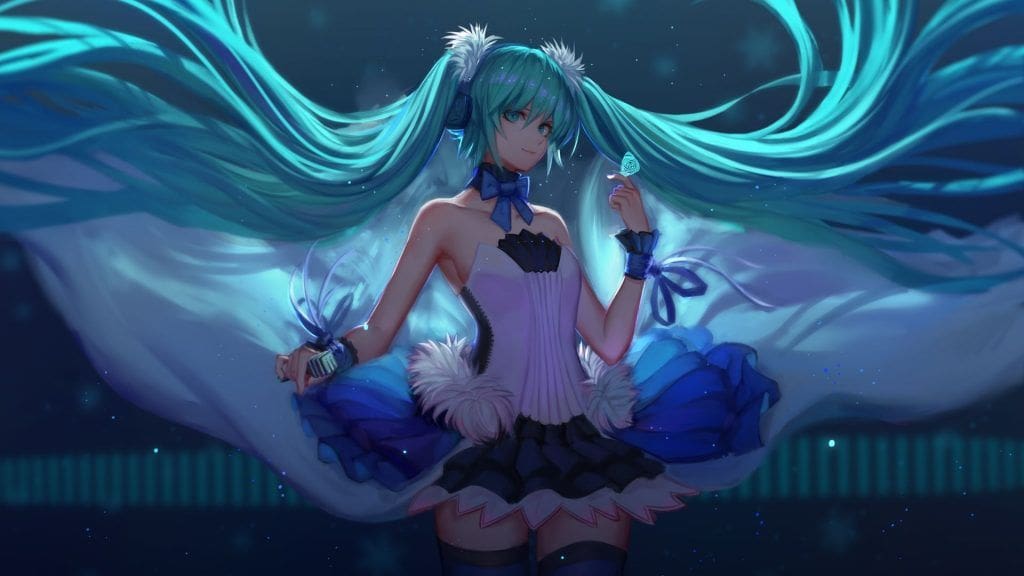
Miku Hatsune is not a character; we’ve already established this. She’s not an individual in her own story nor has she ever been publicized as such. And that’s because Miku started as code-name CV01, a voice synthesizer under the Vocaloid program. The character you see, with her turquoise hair and giant megaphone, is the official moe anthropomorphic avatar for the program.
Think of her as the face, a mascot for the voice bank developed by the company Crypton Future Media. Her voice was modeled after Saki Fujita, a voice actress, and released into the world on 31st August 2007. She wasn’t the first Vocaloid though, with Kaito and Meiko already being released through Yamaha, the musical powerhouse, in precious years. But she was the first in the Character Vocal Series, followed by twins Rin and Len Kagamine, Luka Megurine, and even a Korean variant named SeeU.
Marketed by Crypton as “an android diva in the near-future world where songs are lost“, Hatsune Miku went on to become an instant hit with voicebank users, but the company hadn’t fully anticipated the storm that was coming their way thanks to the rising geek phenomenon, specifically surrounding anime at the time.
The Vocaloid’s Rise To (Virtual) Pop Queendom
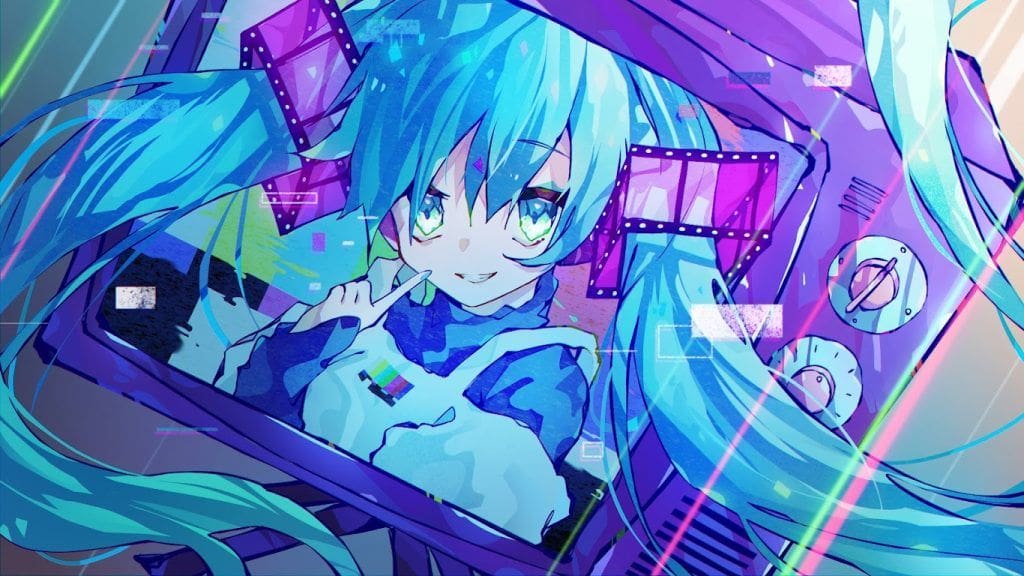
My introduction to Miku went similarly to what I described above. I listened to one song, more recommendations kept popping up and down the rabbit hole I went. I couldn’t get enough of her, and thankfully, there was so much content to consume.
You had amazing song makers working alongside talented artists to create new songs and videos for Miku Hatsune, building her up from voicebank mascot into an iconic figurehead. In some music videos, she was the bratty princess vying for her boyfriend’s affections. In another, she is the post-apocalyptic heroine known as the Black Rock Shooter, trying to save her other fellow Vocaloids from demise.
There was an entire universe expanding in front of our very eyes, and it was only the beginning.
Miku Hatsune: The World Is Hers
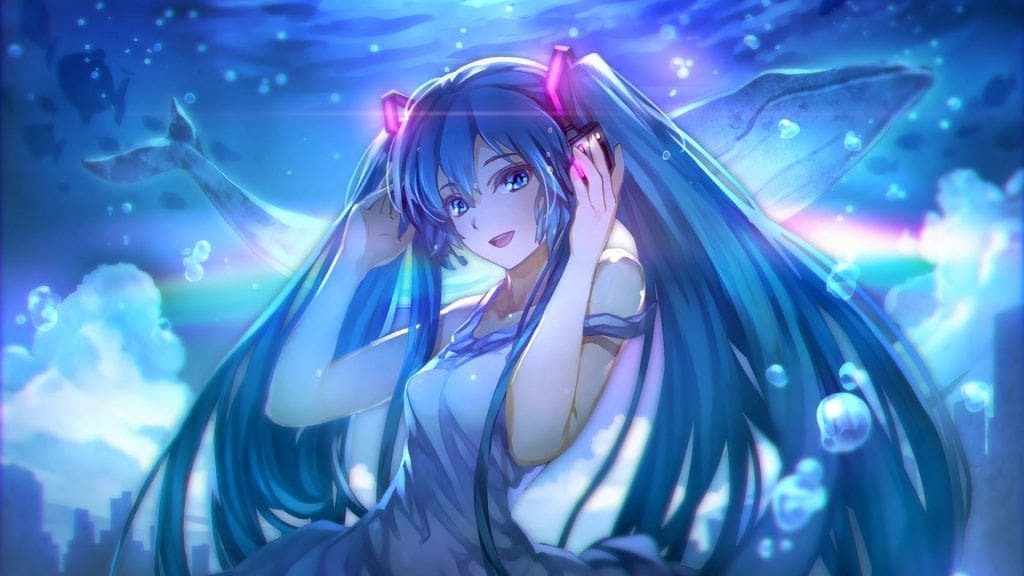
The heights Miku Hatsune had reached.? They were outrageous. In Japan alone, she was on billboards, doing commercials and cameos everywhere. Hell, she went on to represent the Toyota Corolla campaign back in 2011. Yes, as in the international car company had an anime waifu as the face of their then-most popular product.
And that’s not even mentioning the concerts. Despite her being, well, a non-existent voice synthesizing computer program, her songs were everywhere. They were even getting airtime on the radio in the West. There was a Miku Hatsune song for every mood, and they ranged from absurd nonsense to intricately detailed stories rift with emotion. And the company capitalized on this by hosting concerts in real life, using a hologram version of her as the main performance. I’ve seen those concert videos, and the crowd was enormous, pumped up between each set.
She was arguably the most famous singer in the world, and she didn’t even exist.
Miku Hatsune: Possible Anime Protagonist?
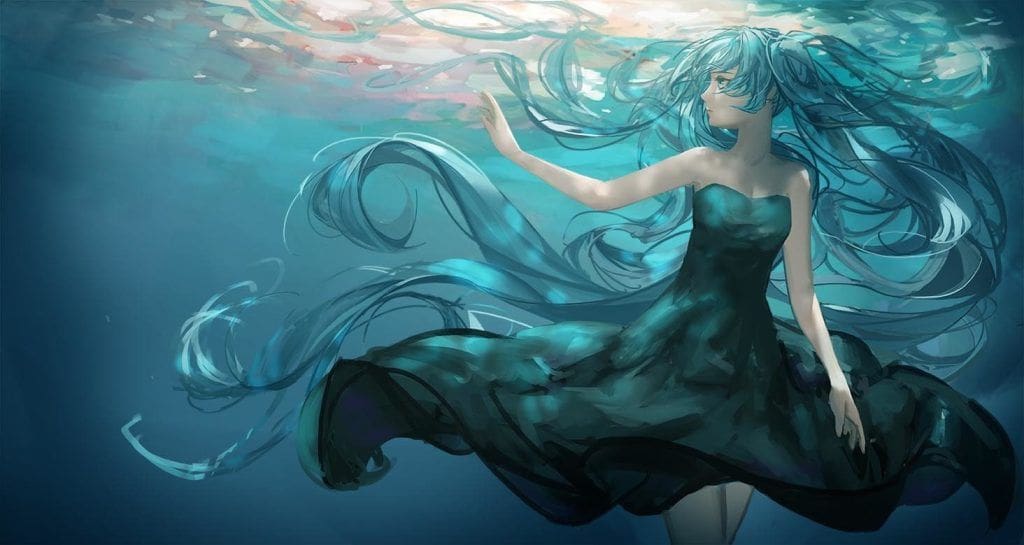
It’s been 15 years since Miku first stepped on the scene with her twirling pigtails and amazing music. And we Miku stans might finally have had our prayers heard.
Last year, Crypton Future Media came out with the announcement that they will be working in tandem with Graphic India and Carlin West Agency to release an original anime series for Miku Hatsune and the expanded ‘Mikuverse’.
There is no release date yet, but this proves how popular Vocaloids still are. Even more than a decade later.

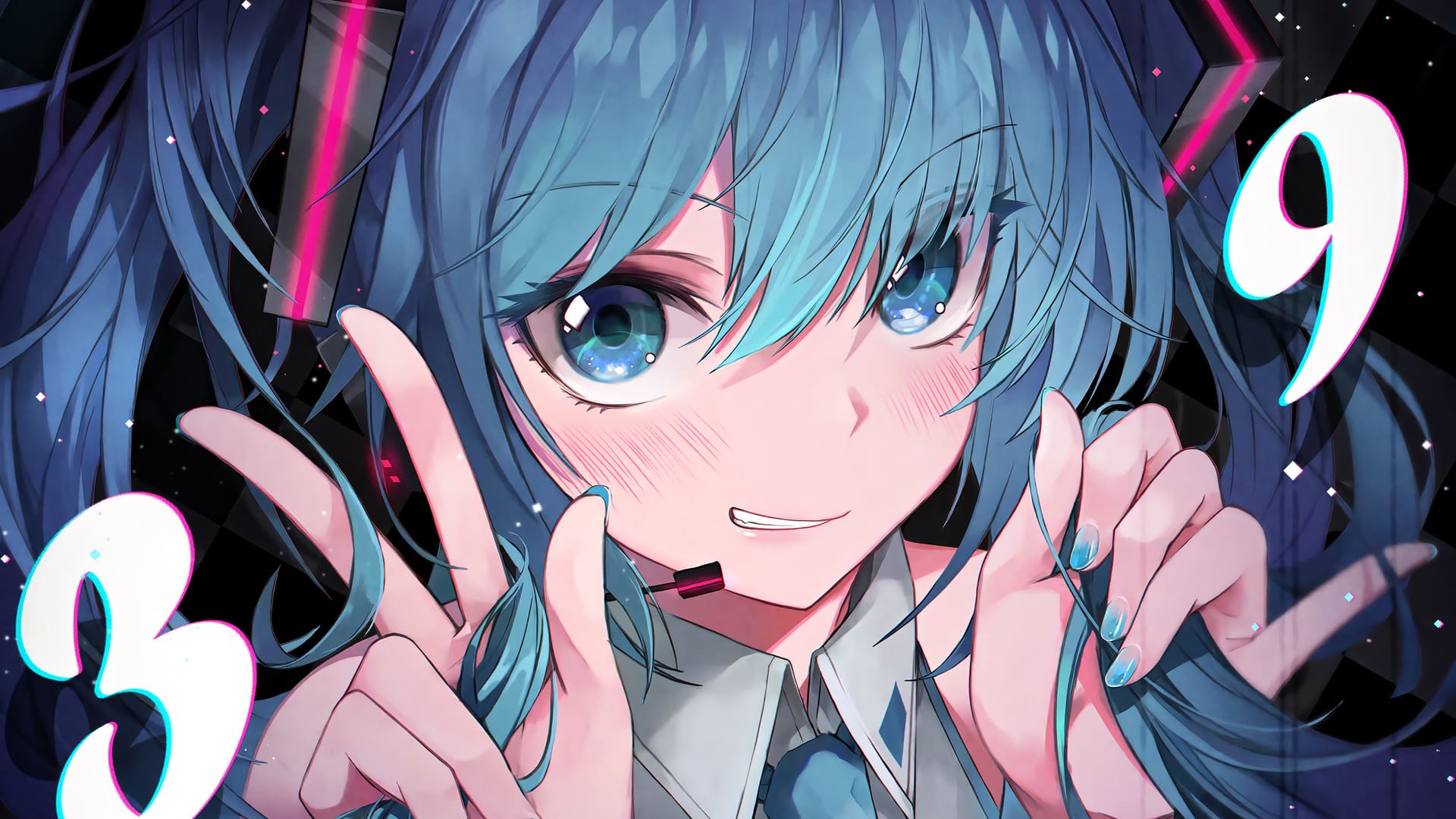












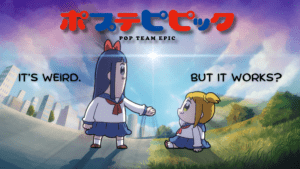
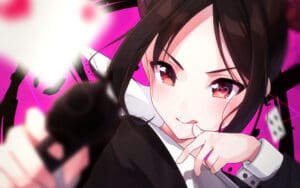

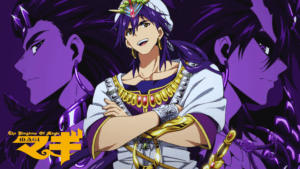
What do you think?
It is nice to know your opinion. Leave a comment.